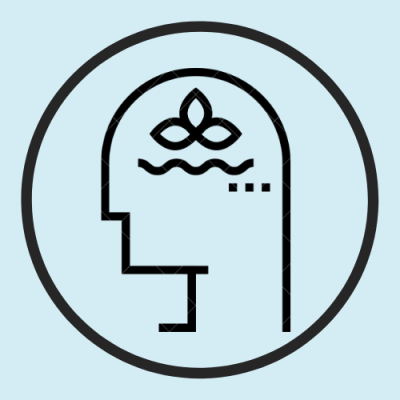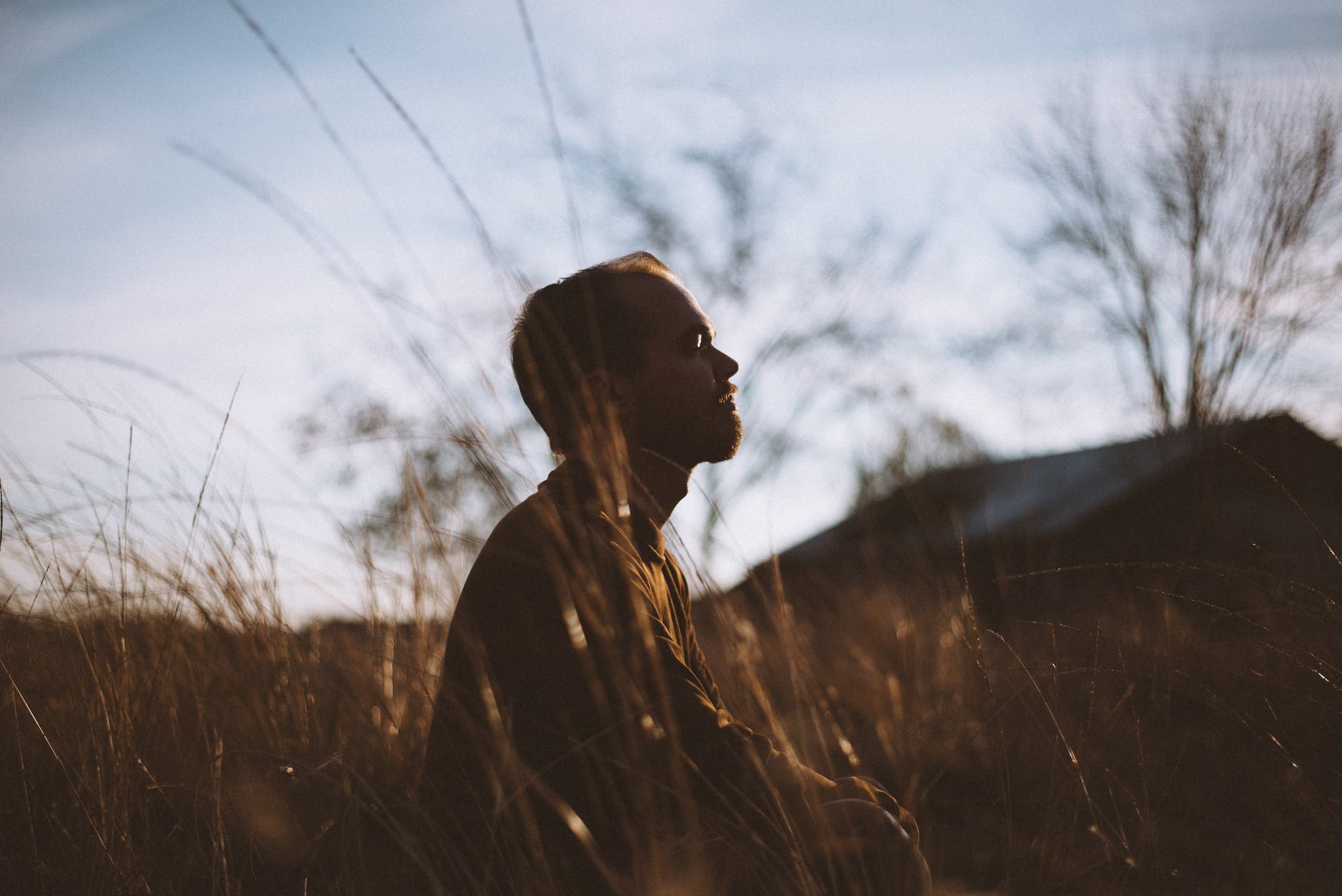
Sometimes it is incredibly difficult to switch off from the stressors of your life and take the time to meditate. Many people believe that they do not have the time necessary to devote to meditation. Although we always seem to be catching a bus or a train, keeping appointments, or getting things done, we can still make space and time for meditation in our busy lives. When we take the time to meditate, when we become more self-aware and learn to observe ourselves and our reactions, we will find that we often find time for the things we need to do. Even if you are a busy person with a very full life, you can find time to meditate by integrating meditation into your daily routine.
Meditation does not have to be incredibly time consuming. Morning is an excellent time to meditate because that is when your home is likely to be the quietest. Consider waking up before the rest of your household to have a few much-needed minutes to yourself to complete your meditation. This is especially useful for those with children, who may find it difficult to meditate amidst the noise and demands of family life. You may not find time to meditate in the morning, but how about taking some time to meditate during your lunch break or in the evening? Often we can find time to meditate in the evening, especially if you can do it after dinner and before turning on the TV.
Even if you are out and about during the day, you can make time for meditation. When you go for a walk, do not be in a hurry–slow down and enjoy the moment. You will find that you have time to focus on your breathing and are able to concentrate better on the things you see and feel. If you notice that you are distracted, you can use your breathing to focus on the things around you and learn how to be less distracting to those around you. When you are in a meeting or at a social event, put your phone away and allow yourself to be truly present. As you begin to notice the things around you, you will find that you are able to focus your attention better and become more aware of how your thoughts and feelings are affecting you. If you are sitting in a waiting room, use the time to meditate by focusing your attention on the sound of your breath. Pay attention to how you breathe and how the way you breathe affects your thoughts, your feelings, and your emotions.

When you use public transport, focus on the sound of your breath and the movement of air on each inhale and exhale. You will find that this gentle meditative attention to the breath enables you more time to focus on the things you are experiencing. It may be difficult to find time to meditate when you are travelling, but you can find time by adapting to your environment as best you can and learning to take more time for yourself. If you want to meditate to music, try to listen to music that is familiar to you in a noise-free environment where there are no disturbances or distractions. If you can meditate in these moments of silence, you will have time to focus on the things you are experiencing, observe yourself and learn to become more aware of your thoughts and feelings.
You might also consider joining a meditation group so that you can learn the methods of meditation effectively before trying to meditate in an unfamiliar environment. If you have been meditating for a while, you may find that you find it easier to calm down and that you feel calmer, more relaxed and at ease when you do not have to focus on your reactions and calming your thoughts. Many meditation groups have online websites where you can find out about the style and tradition they teach and sign up for classes. The techniques and methods you learn from an experienced meditation teacher will help you achieve your personal goals of meditation and inner exploration by limiting the practise to a specific time per week that you set for yourself.
Download your free 21-day course in The Path of Mindfulness. In this life-changing 21-day mindfulness journey, Dr Allan Kilner-Johnson guides you through a series of self-guided mindfulness exercises and shows you how and when to bring mindfulness into your daily life.

